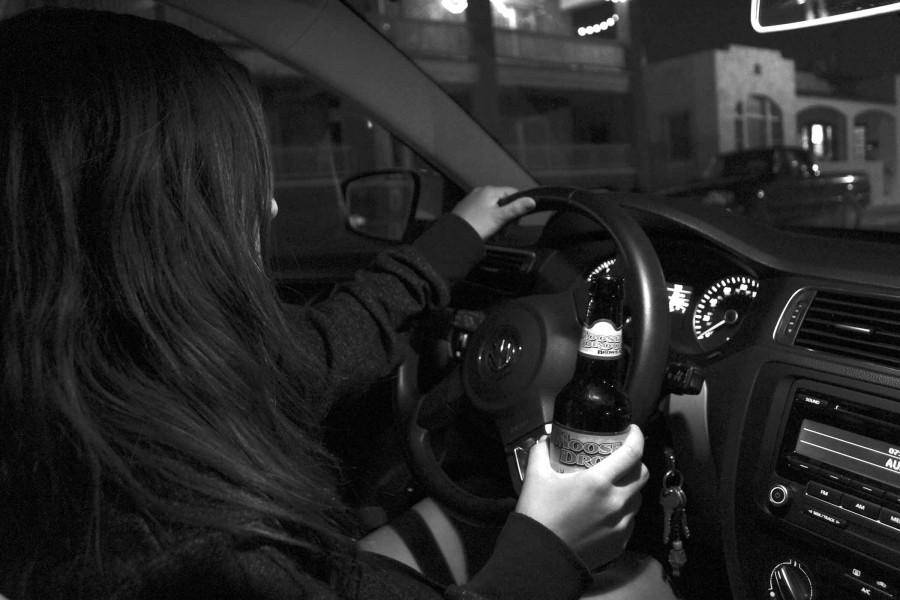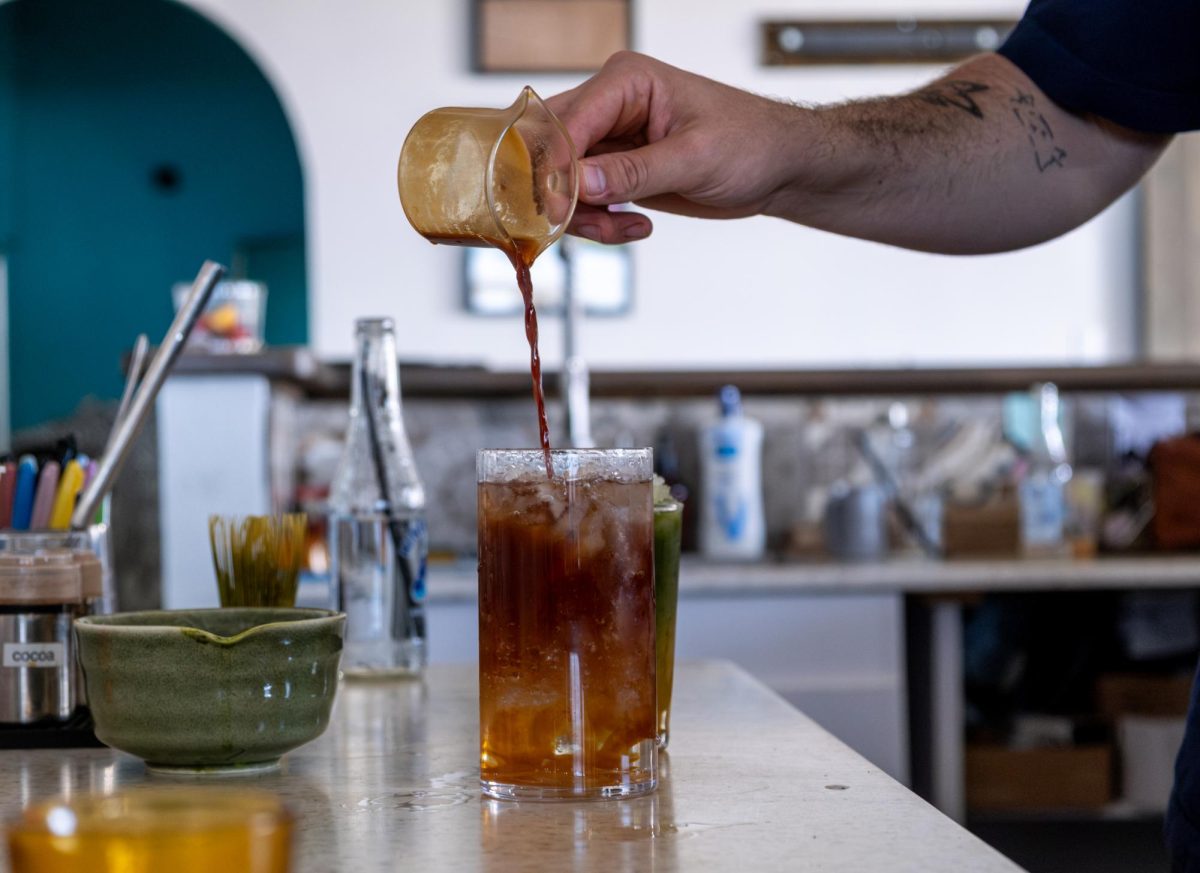Road trips are definitely something to look forward to when spring break comes around. However, there are a lot of risks to consider when setting out on lengthy journey. To help you get to your destination safely, the National Highway Traffic Safety Association (NHTSA) has multiple tips for drivers this spring break.
Avoid distractions: Distracted driving is any activity that takes away someone’s focus on the road. It includes talking with passengers, using a phone, consuming foods or beverages, changing the radio. While all of these are potentially dangerous, the highest concern is texting. According to NHTSA, a sent or read text takes five seconds of attention away from the road, and at 55 mph, that is the equivalent distance across a football field. The National Occupant Protection Use Survey, found that 3,450 people were killed while using their phone in 2016.
Obey the speed limit: Speeding is an aggressive behavior that can lead to several consequences for the driver and others on the road. At high speeds, impact includes the likelihood for losing control, effectiveness of safety procedures and the severity of crash. NHTSA reported that speeding killed 9,717 people in 2017, which accounts for 26 percent of all traffic fatalities that year. When faced with a speeding driver, other drivers have several solutions at hand. The NHTSA suggests it is best to switch lanes, keep some distance and adjust your speed using good judgment.
Don’t drink and drive: Alcohol impairs brain functions like thought, reason and muscle coordination, which are all essential to operate a vehicle. A person’s blood alcohol concentration, which measures the level of alcohol in their body, can also get them into trouble the higher it is. The most dangerous levels are .08 grams of alcohol per deciliter or higher, although smaller measurements can still impair someone’s ability to drive. The Centers for Disease Control and Prevention reported that in 2016, 2,433 teens from the ages of 16-19 were killed, while 292,742 survived with severe injuries.
Buckle up: If a car suddenly stops, seat belts are the only thing that keeps someone from flying through a windshield. Shockingly, about 27.5 million people do not use them, according to the NHTSA. This is a major issue because the seat belt is the only part of a vehicle that does not have the potential to injure or kill you. Air bags are designed to work in conjunction with seat belts because the seat belt keeps people from colliding with the airbags, which could cause severe harm. It is never too late to make sure that everyone is buckled in, before the car begins to move.
Always be well rested: Drowsy driving is a thing and sadly many college students drive drowsy because they compromise on sleep. Similar to driving under the influence, it affects a driver’s alertness, attention, reaction time, judgment and decisive capabilities. NHTSA said drowsing driving claimed 803 lives in 2016, and some studies suggest drowsiness may have been involved in more than 10-20 percent of fatal or injury crashes. Bottom line: the most important thing to do to prepare for a road trip is to get some sleep.









